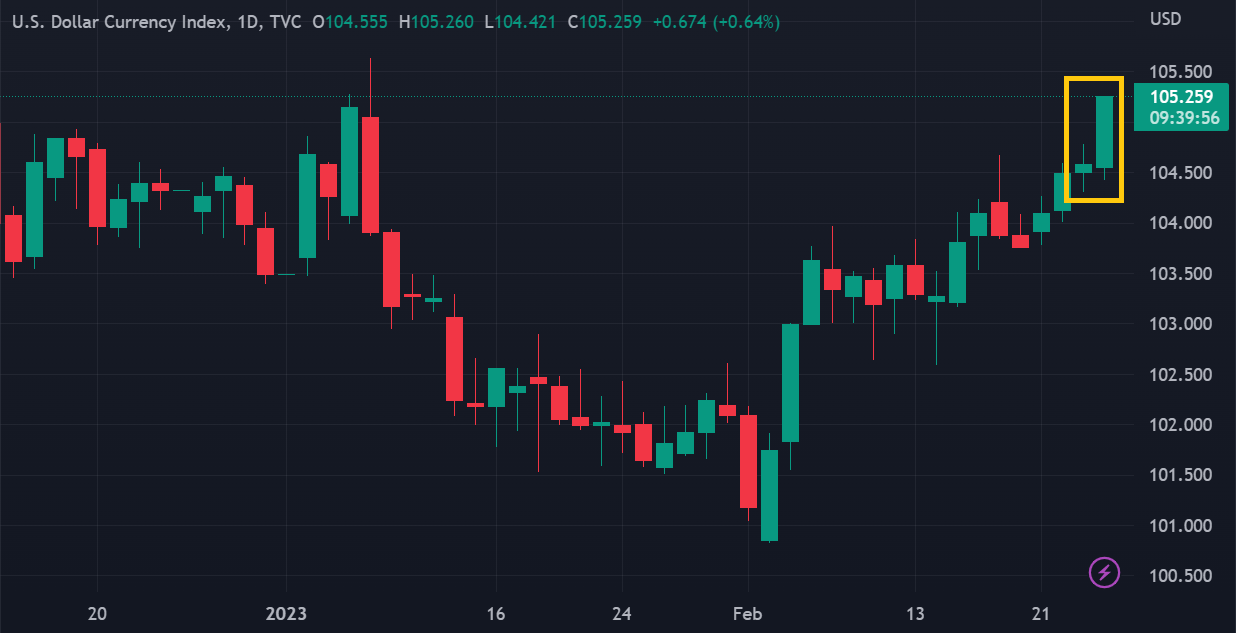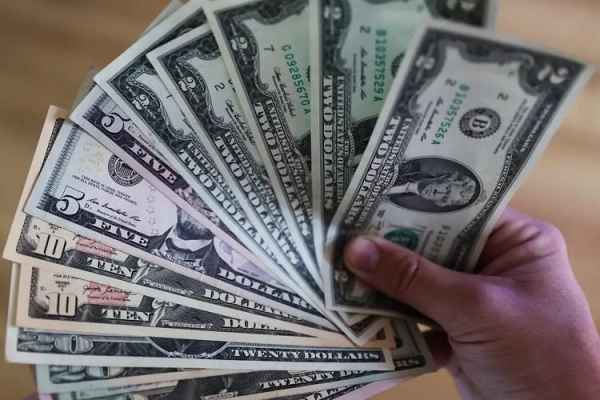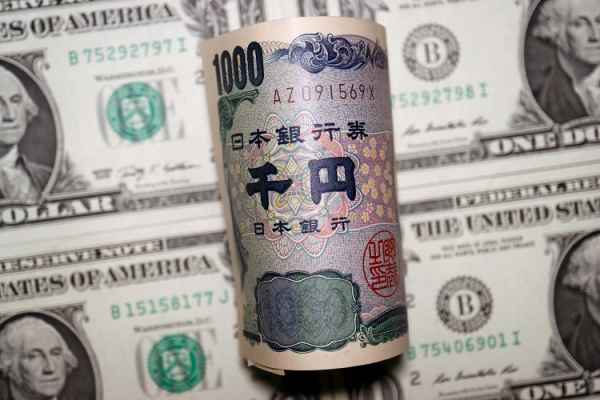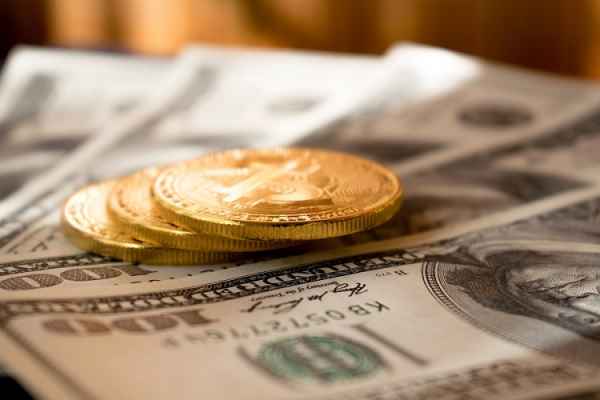The PCE price index indicates the end of the US inflation downtrend that has been going on for the past few months.
The US Dollar Index (DXY) surged over 0.6% to around 105.25 during the mid-New York session on Friday (February 24th). This is because the PCE price index, the Fed's main inflation gauge, significantly increased its key and core components.

DXY Daily chart via TradingView
The Personal Consumer Expenditures (PCE) report showed a 0.6% growth in the main and core PCE price index (Month-over-Month) in January 2023. This figure exceeded the consensus estimate of 0.4%, indicating the end of the recent trend of declining PCE inflation. The year-over-year measurement also increased, with the main PCE price index rising from 5.3% to 5.4% and the core PCE index increasing from 4.6% to 4.7%.
Traders and investors responded to the release of the PCE price index by recalculating their projections for future Fed interest rates, becoming more hawkish. The most noticeable change was in US Treasury bond yields, with the 2-year yield reaching its highest level since October at 4.77%, while the 10-year yield remained relatively stable but still within its highest range since December. Wall Street stocks fell while bond yields and the US dollar exchange rate rose.
"With strong consumer spending, inflation will prove to be stronger than originally anticipated," said Kathy Jones, head of the fixed-income strategy at Charles Schwab, "The market is still factoring in a peak Fed interest rate range of 5.25%-5.5%, but expectations for the highest interest rate level are increasing."
Earlier, Fed officials had signaled a 25-basis-point interest rate hike in the next FOMC meeting on March 21-22, 2023. However, the market currently places a 40% probability of a 50-basis-point interest rate hike in that FOMC meeting. There is even a chance of nearly 9% that the highest interest rate level will reach 6.0% in July.
As a result, rival currencies to the US dollar have tumbled simultaneously. AUD/USD and NZD/USD have recorded a drop of more than 1% in daily trading, while GBP/USD has fallen around 0.5% towards its lowest level this year. EUR/USD has also continued to depreciate around 1.0555, while USD/JPY has surged by 1.2% to 136.40.

 Dedicated FREE FOREX VPS
Dedicated FREE FOREX VPS Free FOREX Virtual Private Server
Free FOREX Virtual Private Server MT4 Demo Contest, Get $500
MT4 Demo Contest, Get $500 Sign Up for an Account, Claim 60% Deposit Bonus
Sign Up for an Account, Claim 60% Deposit Bonus Free MT4/MT5 VPS 2024
Free MT4/MT5 VPS 2024 Send E-mail and Get Free Merchandise
Send E-mail and Get Free Merchandise $1K Refer a Friend Bonus for Pepperstone Pro clients
$1K Refer a Friend Bonus for Pepperstone Pro clients Maximize Your Earnings with 100% Deposit bonus
Maximize Your Earnings with 100% Deposit bonus Trade to Win, $5,000 Monthly Demo Contest
Trade to Win, $5,000 Monthly Demo Contest Claim 30% + 15% Deposit Bonus from LiteFinance
Claim 30% + 15% Deposit Bonus from LiteFinance






